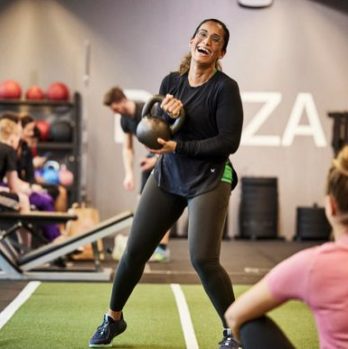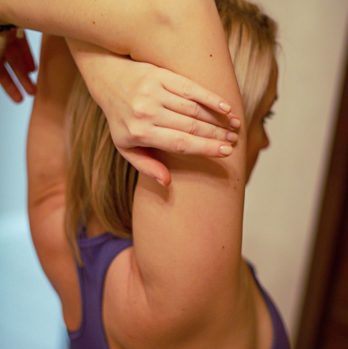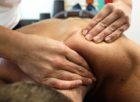Padel Outfit: A Comprehensive Guide to the Perfect Attire for the Court
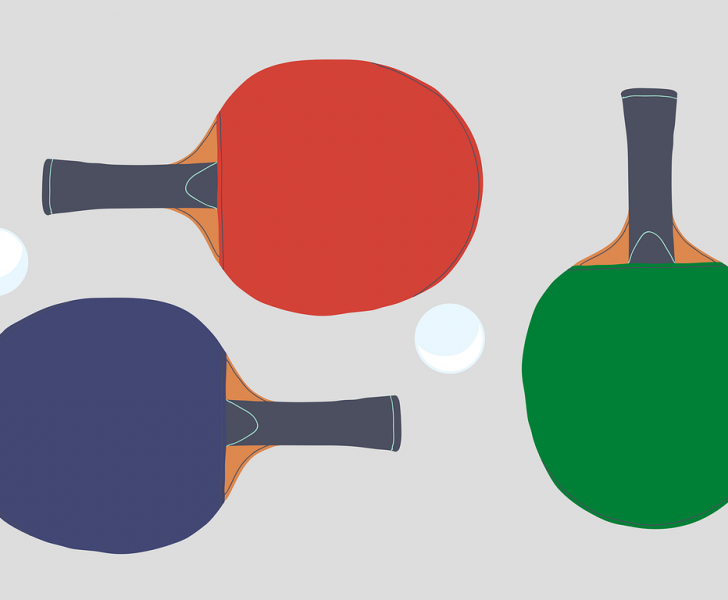
Intro:
Padel, the fastest-growing sport in the world, requires not just skill and precision but also the right outfit to enhance performance and comfort on the court. In this article, we will delve into the world of padel outfits, providing you with an in-depth overview of what they are, the different types available, popular choices, and quantitative measurements. We will also explore how various padel outfits differ from one another and take a historical look at the advantages and disadvantages they offer.
1. An Overview of Padel Outfit:
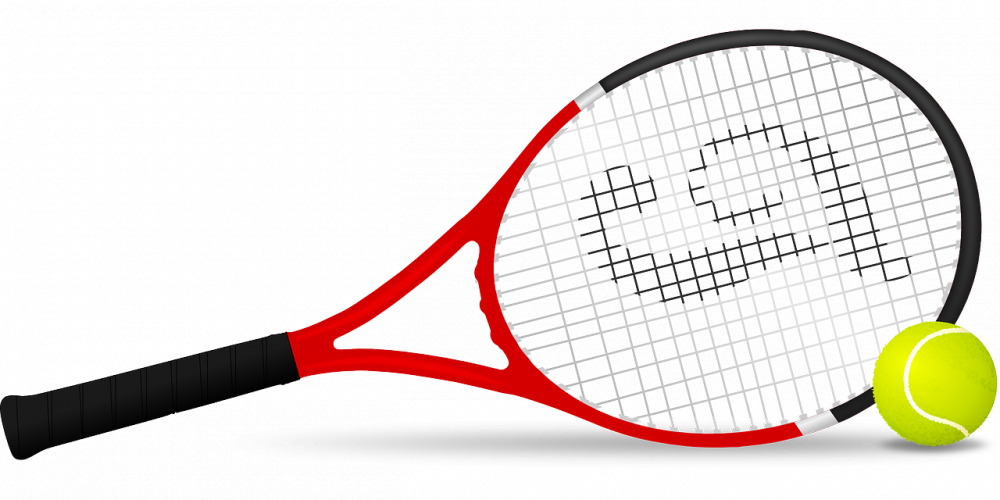
Padel outfits are specially designed clothing ensembles curated for the unique needs of padel players. These outfits incorporate advanced technology and materials to optimize comfort, flexibility, and breathability during intensive gameplay. Whether you are a beginner or a professional, wearing the right padel outfit can enhance your performance and provide the edge you need to excel on the court.
2. Types and Popular Choices:
a) Padel Shirts: Padel shirts come in various styles, including short sleeves, long sleeves, and sleeveless options. Designed with moisture-wicking fabrics, these shirts keep players dry and comfortable, even during intense matches. Popular choices include polyester blends and lightweight materials that offer excellent breathability.
b) Padel Shorts: Padel shorts are tailored for freedom of movement, allowing players to lunge, stretch, and maneuver effortlessly. They typically feature elastic waistbands, quick-drying fabrics, and strategically placed mesh panels for increased ventilation. Some players prefer longer shorts for added leg protection and stability.
c) Padel Skirts and Dresses: Female players often opt for skirts and dresses that provide both style and functionality. These garments are designed with performance fabrics that offer moisture management, UV protection, and optimal airflow. Pleated skirts and racerback dresses are popular choices among female padel enthusiasts.
d) Footwear: Padel-specific shoes are essential to ensure proper grip, stability, and support on the court. These shoes feature integrated lateral support systems, non-marking outsoles, and cushioning technology to minimize the risk of injuries. Brands like Nike, Adidas, and Asics offer specialized padel shoes that cater to different playing styles and preferences.
e) Accessories: Accessories such as wristbands, headbands, and visors not only add style but also serve a functional purpose. They help absorb sweat, prevent distractions caused by perspiration, and shield players from the sun. High-quality, moisture-wicking materials are commonly used to ensure maximum comfort.
3. Quantitative Measurements:
The performance of padel outfits can be evaluated using quantitative measurements such as breathability, moisture-wicking capacity, and flexibility. Breathability is typically measured in grams of moisture vapor transmission per square meter in 24 hours (g/m/24h). The higher the breathability rating, the better the airflow and moisture management. Moisture-wicking capacity is measured in grams, indicating the amount of moisture absorbed and transported away from the body. Flexibility is often assessed through stretch tests, determining the fabric’s ability to allow unrestricted movement.
4. Differences Between Padel Outfits:
Padel outfits differ in terms of style, fit, materials, and specialized features. Some players prefer loose-fitting clothing for enhanced freedom of movement, while others opt for more form-fitting attire for a streamlined silhouette. The choice of materials varies, with polyester blends providing moisture-wicking properties and natural fibers offering breathability. Specialized features like anti-chafing seams, reinforced panels, and UV protection also distinguish padel outfits from one another.
5. Historical Overview of Advantages and Disadvantages:
Over the years, padel outfits have evolved, offering enhanced performance and comfort. Earlier versions often lacked moisture-wicking capabilities, leading to discomfort and restricted movement. However, advancements in fabric technology have addressed these concerns, providing players with lightweight, breathable, and moisture-managing apparel. The introduction of specialized pads, compression elements, and reinforced panels has also increased protection against injuries and improved durability.
Conclusion:
Choosing the right padel outfit is crucial for optimal performance and comfort on the court. By understanding the different types available, considering quantitative measurements, and embracing the historical advancements, players can select outfits that not only showcase their style but also enhance their gameplay. So, gear up, maintain a competitive edge, and conquer the padel court with the perfect padel outfit.
